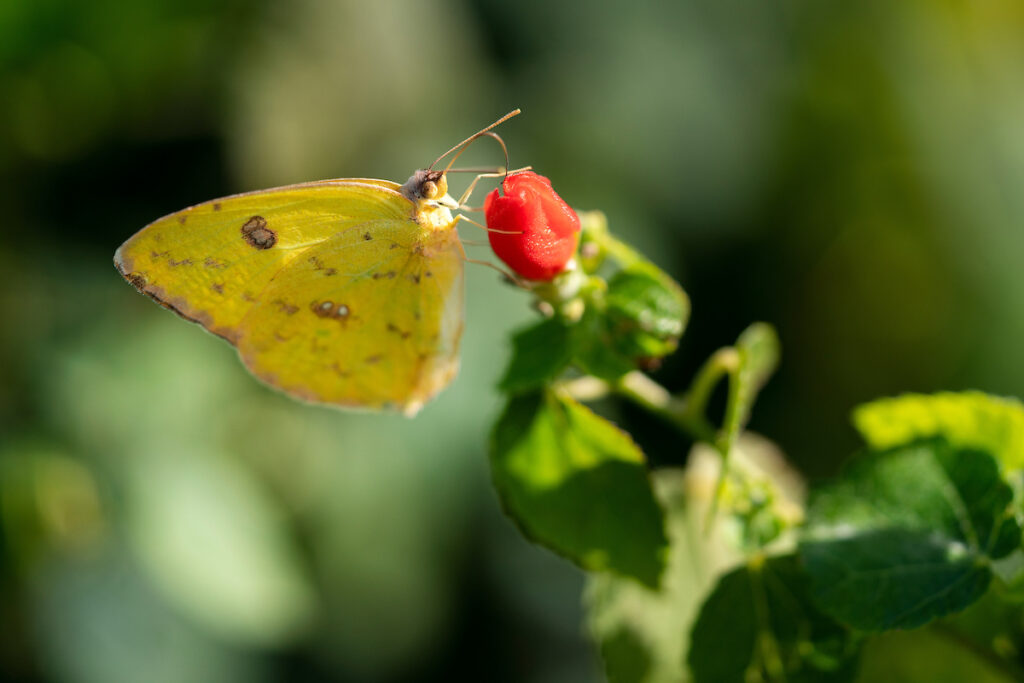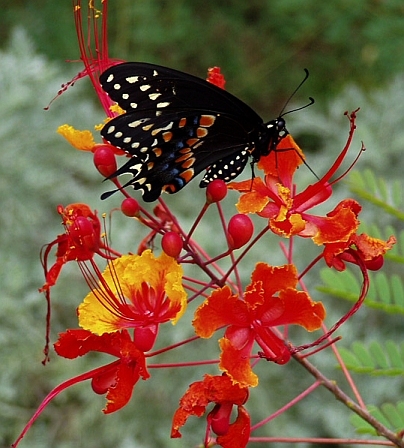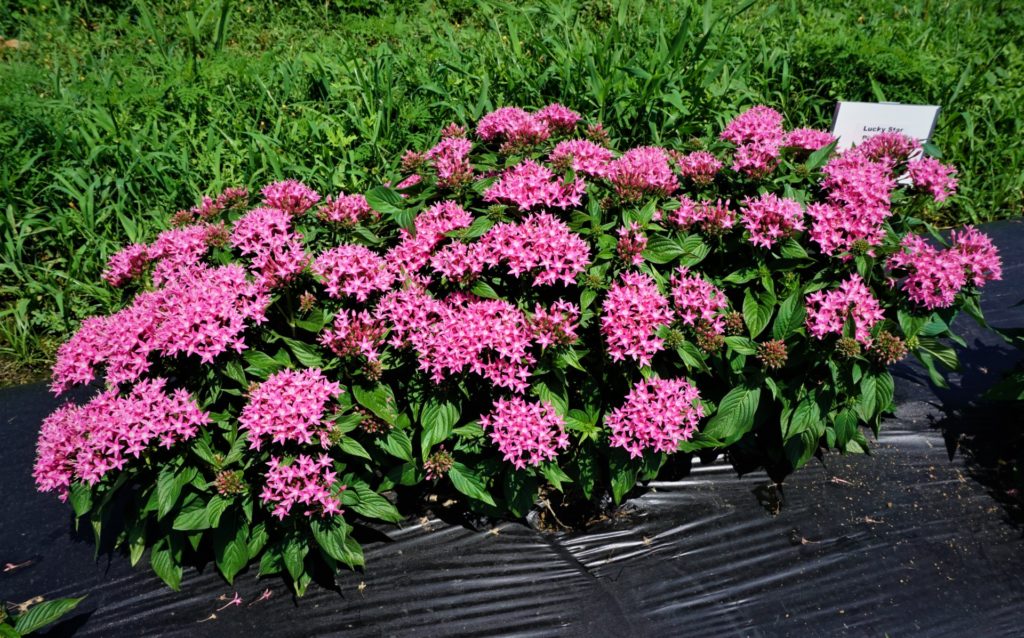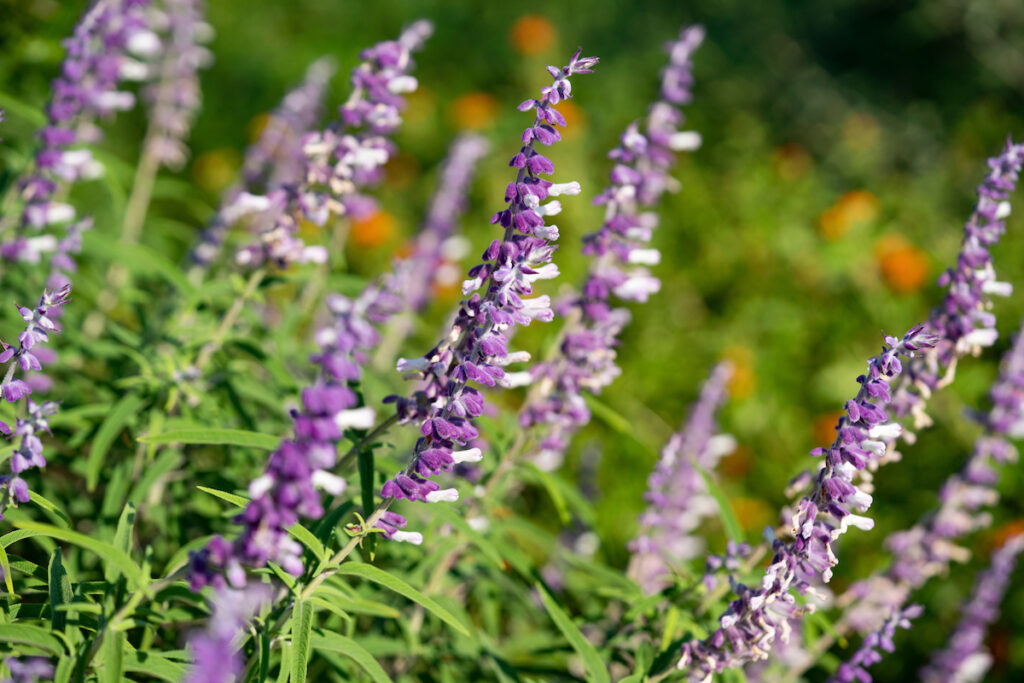Eight great plants to bring butterflies to your garden
Texas Superstar plants among options to attract pollinators
A delicate butterfly alighting on a garden bloom is a tangible sign for many that spring has indeed arrived.
A Texas A&M AgriLife Extension Service specialist shared insights on how to draw these beautiful beneficial insects to your yard — not only in the spring but throughout the summer and fall.
“The key to having the most butterflies is to have constant or overlapping blooms,” said Molly Keck, AgriLife Extension entomologist, Bexar County. “You can keep pollinators coming back to your garden with reliable, continuous food sources that they like.”
By planning ahead, both with planting at appropriate times and knowing when you’ll have butterfly-favorite flowers, they will return to your bloom buffet over and over again.




Eight plants for pollinators
Keck, who is also the AgriLife Learn Butterfly Gardening course instructor, said some plants do a better job than others of attracting butterflies and other pollinators, and plants designated Texas Superstars are a good choice to survive and thrive. Here are some of her Texas pollinator plant suggestions:
- Pride of Barbados: With showy orange and red flowers, it is a dramatic plant for Texas gardens. Depending on the zone it is grown in, it may serve as everything from an annual to a shrub.
- Henry Duelberg salvia: This true Texas native was discovered in Central Texas, growing at the grave of the person for whom it is named. It can bloom spring through fall if it is cut back regularly.
- Mystic spires blue salvia: This salvia flowers freely during the growing season and is a plant butterflies love. It has a very tubular flower, and the butterfly must use its long proboscis to get down into the nectar, which is exactly as it was designed to do.
- Lantanas: These are a good option available in many colors and bloom even during the hottest weather. The new gold lantana is very hardy and highly attractive to butterflies and native pollinators as well.
- Butterfly deep pink penta: Another option to bring blooms to your garden for three seasons are pentas. The unique star-shaped flowers are a dazzling color and relatively low maintenance and pest tolerant.
- Fall zinnias: When planted late summer, fall zinnias can play a crucial role in providing butterflies food in the fall, often up until the first frost. Available in a variety of bright colors, you can buy zinnias nearly year-round, but fall offers the most variety.
- Turk’s cap: A native plant to South Texas, it is relatively low-maintenance, tough throughout Texas and attracts hummingbirds. Although it doesn’t have a ton of flowers, the turban-shaped flowers it does produce are usually red, but varieties can range from white or pink or both.
- Gregg’s mistflower: This quick growing native plant is beloved by bees and serves as a good food source in the fall for migrating butterflies like the Monarch.
What exactly is a Texas Superstar?
Plants designated as a Texas Superstar must not only be beautiful but also perform well for gardeners across the state. These tested landscape ornamentals are suited to the Texas climate.
All but one of Keck’s butterfly suggestions have received the Texas Superstar designation. Texas Superstars also must be easy to propagate, which helps ensure the plants are available throughout Texas and reasonably priced.




What else should I know about butterflies?
It is important to keep in mind that a butterfly garden and butterfly-friendly plants are food-sources for the adults. If you want to observe butterflies through their whole life cycle, you will need to plant food sources for caterpillars and have plants where butterflies will lay their eggs.
“The fall — September, October and even into November – is really the best time to see the most butterflies,” Keck said. “As long as you have plants for them to get nectar from, they will come.”


